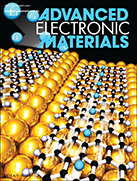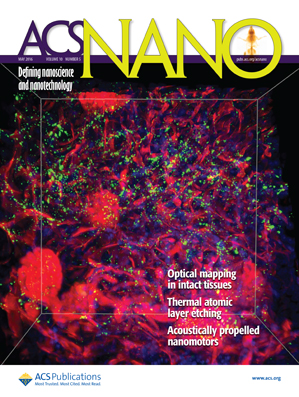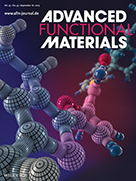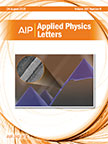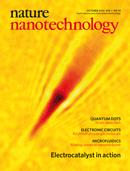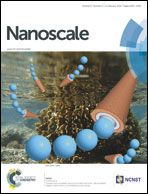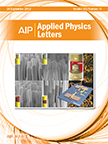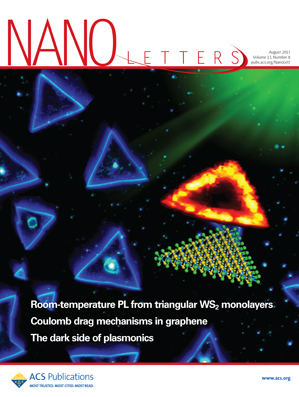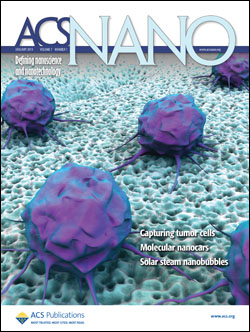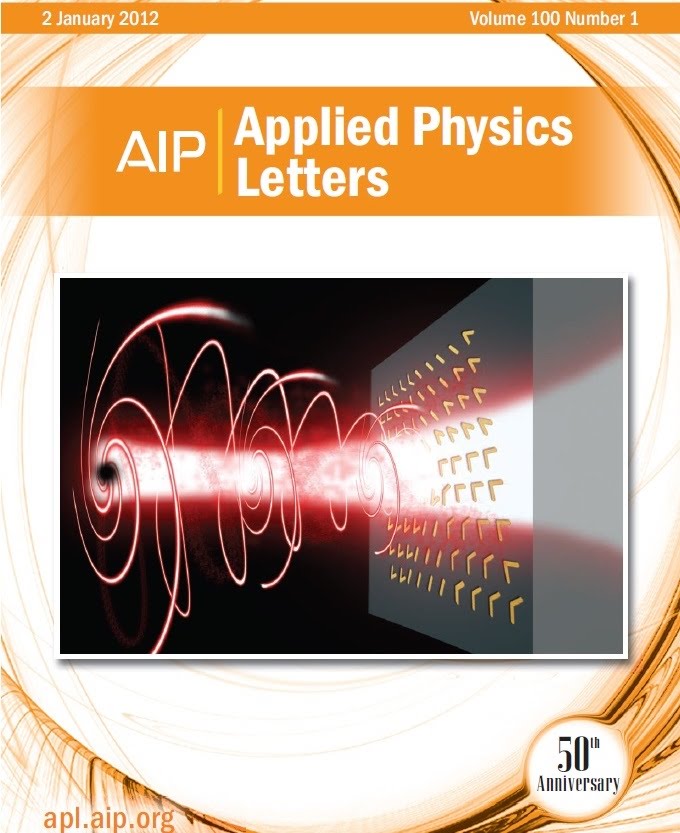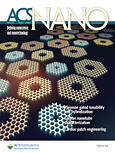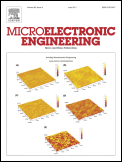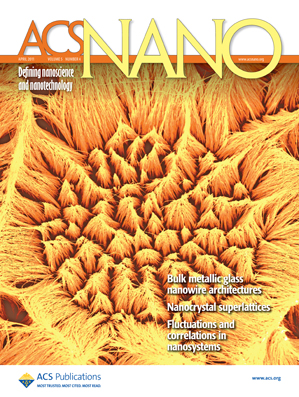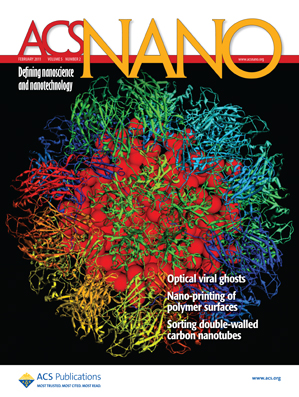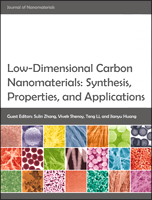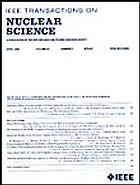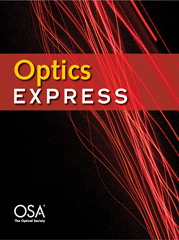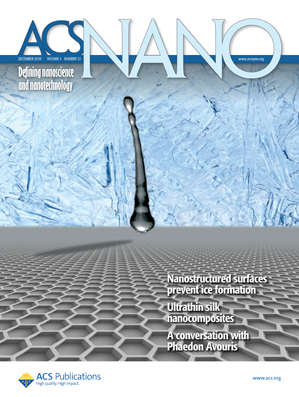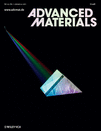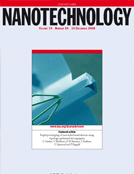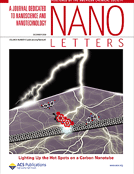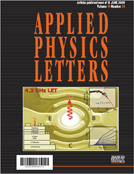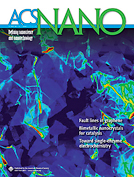Citation: Jianfu Ding, Zhao Li, Jacques Lefebvre, Fuyong Cheng, Girjesh Dubey, Shan Zou, Paul Finnie, Amy Hrdina, Ludmila Scoles, Gregory P. Lopinski, Christopher T. Kingston, Benoit Simard, and Patrick R. L. MalenfantNanoscale Issue 4, 14 Jan 2014.
Summary: A systematic study on the use of 9,9-dialkylfluorene homopolymers (PFs) for large-diameter semiconducting (sc-) single-walled carbon nanotube (SWCNT) enrichment is the focus of this report. The enrichment is based on a simple three-step extraction process: (1) dispersion of as-produced SWCNTs in a PF solution; (2) centrifugation at a low speed to separate the enriched sc-tubes; (3) filtration to collect the enriched sc-SWCNTs and remove excess polymer. The effect of the extraction conditions on the purity and yield including molecular weight and alkyl side-chain length of the polymers, SWCNT concentration, and polymer/SWCNT ratio have been examined. It was observed that PFs with alkyl chain lengths of C10, C12, C14, and C18, all have an excellent capability to enrich laser-ablation sc-SWCNTs when their molecular weight is larger than 10 000 Da. More detailed studies were therefore carried out with the C12 polymer, poly(9,9-di-n-dodecylfluorene), PFDD. It was found that a high polymer/SWCNT ratio leads to an enhanced yield but a reduced sc-purity. A ratio of 0.5–1.0 gives an excellent sc-purity and a yield of 5–10% in a single extraction as assessed by UV-vis-NIR absorption spectra. The yield can also be promoted by multiple extractions while maintaining high sc-purity. Mechanistic experiments involving time-lapse dispersion studies reveal that m-SWCNTs have a lower propensity to be dispersed, yielding a sc-SWCNT enriched material in the supernatant. Dispersion stability studies with partially enriched sc-SWCNT material further reveal that m-SWCNTs : PFDD complexes will re-aggregate faster than sc-SWCNTs : PFDD complexes, providing further sc-SWCNT enrichment. This result confirms that the enrichment was due to the much tighter bundles in raw materials and the more rapid bundling in dispersion of the m-SWCNTs. The sc-purity is also confirmed by Raman spectroscopy and photoluminescence excitation (PLE) mapping. The latter shows that the enriched sc-SWCNT sample has a narrow chirality and diameter distribution dominated by the (10,9) species with d= 1.29 nm. The enriched sc-SWCNTs allow a simple drop-casting method to form a dense nanotube network on SiO2/Si substrates, leading to thin film transistors (TFTs) with an average mobility of 27 cm2 V−1 s−1 and an average on/off current ratio of 1.8 × 106 when considering all 25 devices having 25 μm channel length prepared on a single chip. The results presented herein demonstrate how an easily scalable technique provides large-diameter sc-SWCNTs with high purity, further enabling the best TFT performance reported to date for conjugated polymer enriched sc-SWCNTs.
